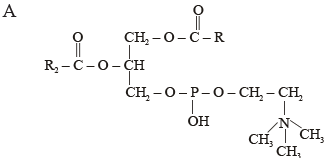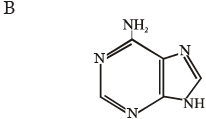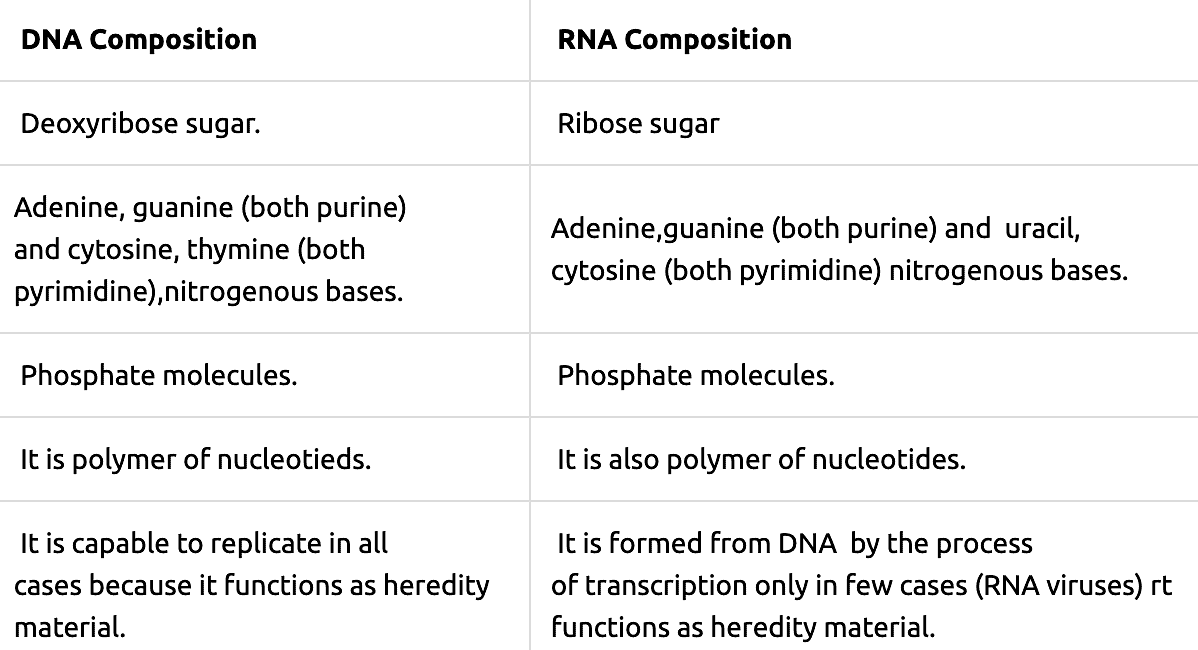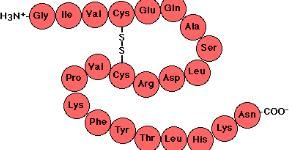31 Years NEET Previous Year Questions: Biomolecules - 2 - NEET MCQ
25 Questions MCQ Test - 31 Years NEET Previous Year Questions: Biomolecules - 2
Which form of RNA has a structure resembling clover leaf ?
[2004]
Which of the following statements regarding enzyme inhibition is correct?
[2005]
The catalytic efficiency of two different enzymes can be compared by the
[2005]
Enzymes, vitamins and hormones can be classified into a single category of biological chemicals, because all of these
[2005]
Which of the following is the simplest amino acid?
[2005]
Which one of the following hydrolyses internal phosphodiester bonds in a polynucleotide chain?
[2005]
Antiparallel strands of a DNA molecule means that
Carbohydrates, the most abundant biomolecules on earth, are produced by :
[2005]
An organic substance bound to an enzyme and essential for its activity is called
[2006]
About 98 percent of the mass of every living organism is composed of just six element including carbon, hydrogen, nitrogen, oxygen and
[2007]
A competitive inhibitor of succinic dehydrogenase is
[2008]
Carrier ions like Na+ facilitate the absorption of substances like:
[2010]
Which one of the following structural formulae of two organic compounds is correctly identified along with its related function ?


[2011]
Enzymes having slightly different molecular structure but performing identical activity are
[1991]
A polysaccharide, which is synthesized and stored in liver cells, is
[1995]
One of the similarities between DNA and RNA is that both
[2000]
Which one is the most abundant protein in the animal world
[2012]
The enormous diversity of protein molecules is due mainly to the diversity of
[1998]
Which one of the following biomolecules is correctly characterized?
[2012M]
A phosphoglycerate is always made up of :
[NEET 2013]
The essential chemical components of many coenzymes are :
[NEET 2013]
Transition state str ucture of the substrate formed during an enzymatic reaction is :
[NEET 2013]
Macro molecule chitin is :
[NEET 2013]
Which of the following statements aboutenzymes is wrong?
[NEETKar. 2013]
The figure shows a hypothetical tetrapeptide portion of a protein with parts labelled A-D. Which one of the following option is correct?

[NEET Kar. 2013]


















